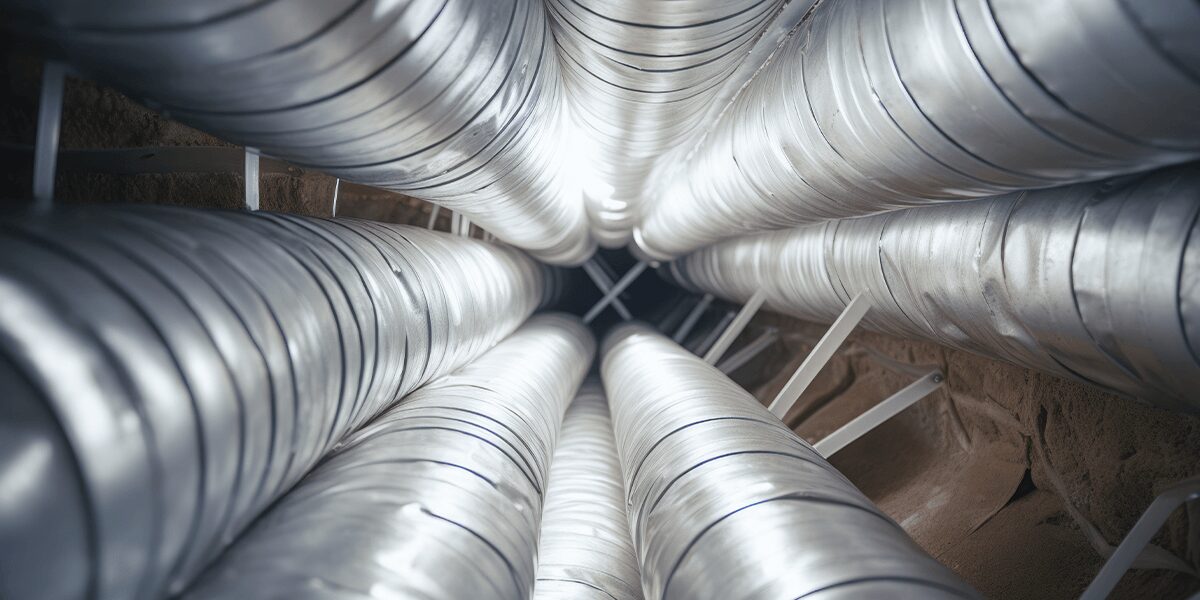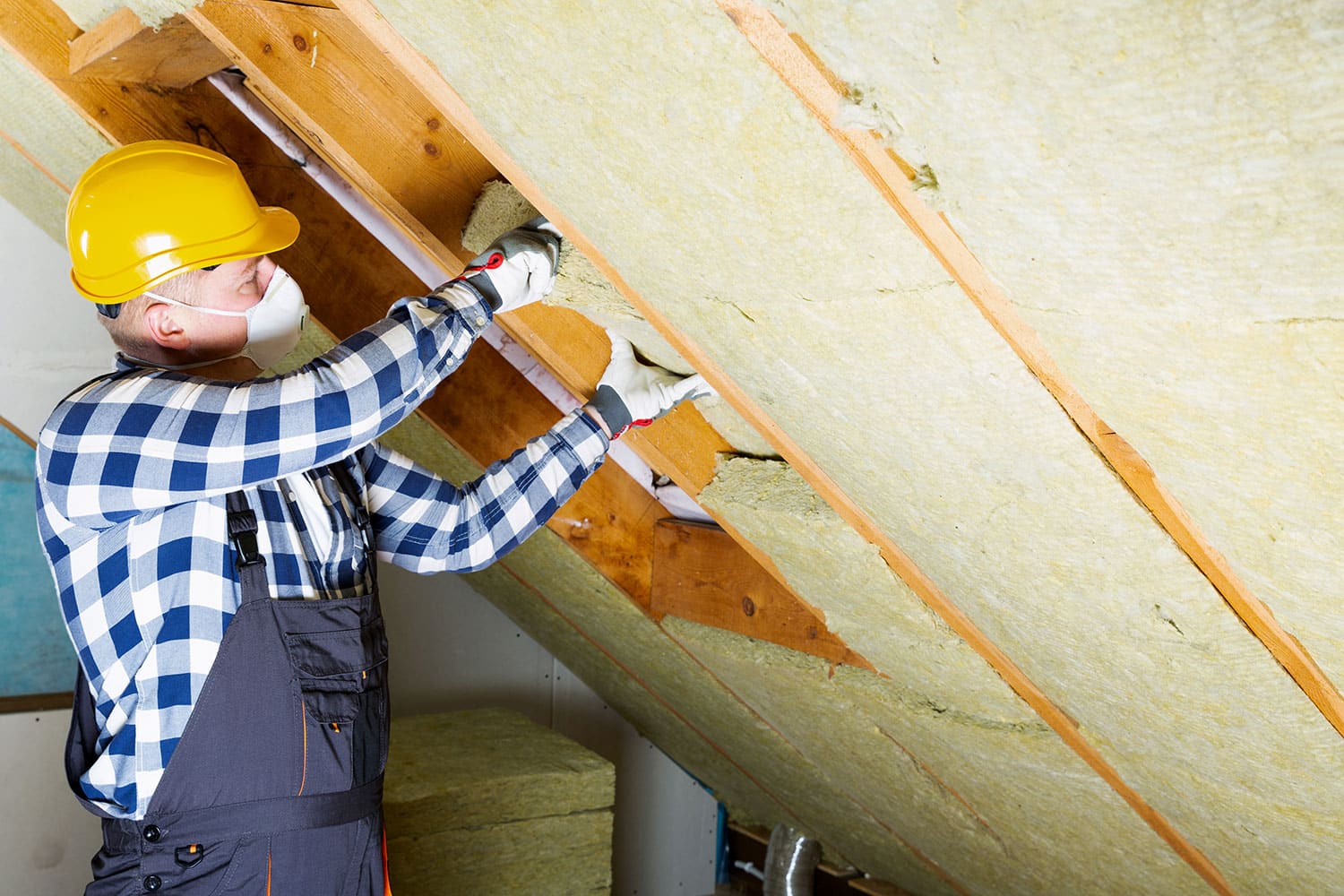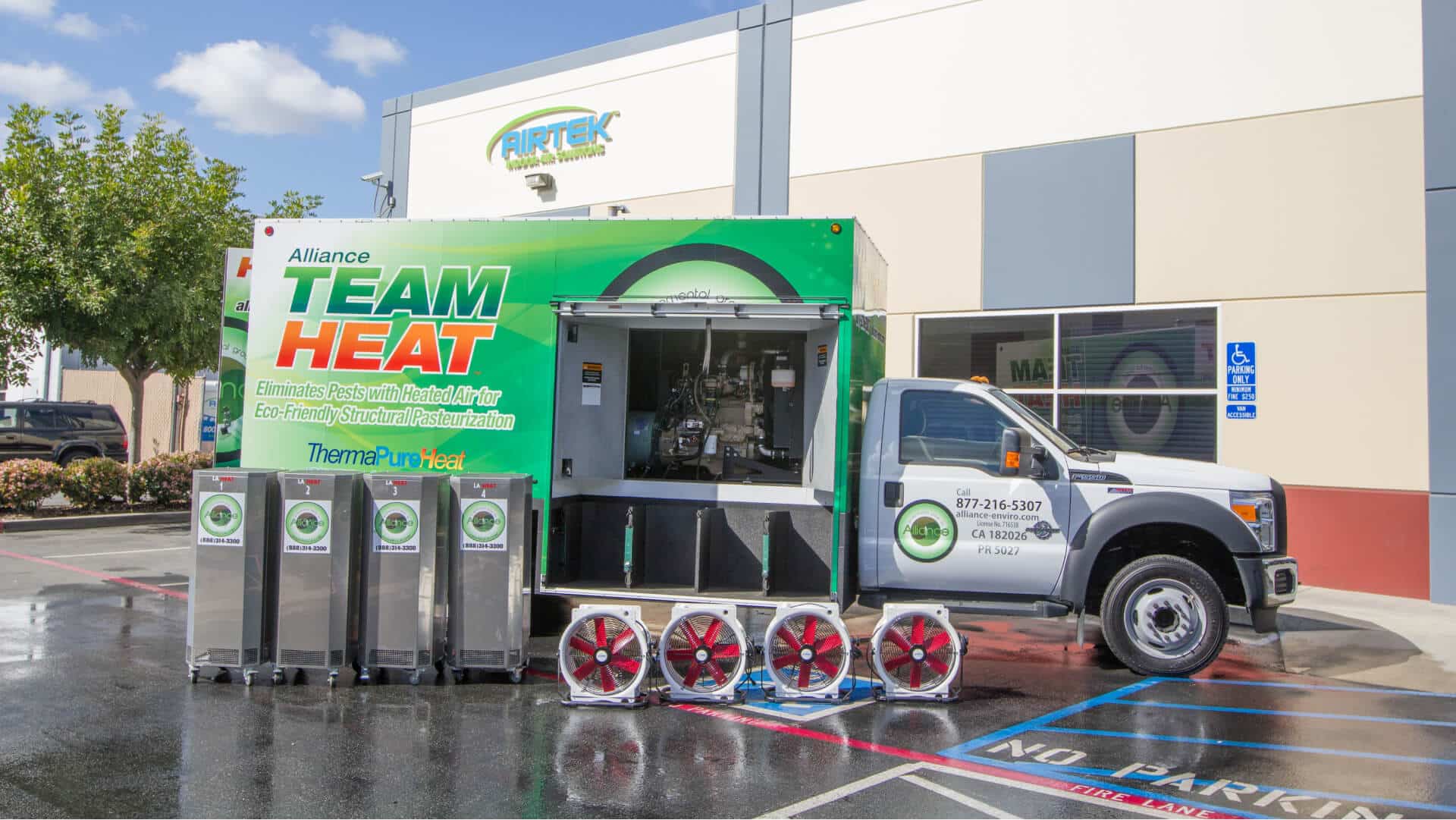Bed bug infestations are notoriously difficult for property owners to manage on their own. Unfortunately without proper handling, this pest problem can get worse and even cause health issues for tenants. Bed bug bites can cause mild to severe reactions in some people or lead to anxiety, sleep issues and other problems.
Until recently, bed bugs weren’t known to carry any diseases, but researchers have discovered that they could be carriers of Chagas disease, which can cause heart failure, intestinal problems and other serious complications. If you’ve found evidence of bed bugs in your property, it’s important to look in to your options for getting rid of them as soon as possible.
Common pest control methods for killing bed bugs and their eggs include the use of chemicals or heat. Both methods are comparable in terms of pricing, but they do have several differences you’ll want to consider.
Bed Bug Removal Process: Heat vs. Chemicals
The professional bed bug extermination heat method involves using heaters or forced air from fans to raise the interior temperature in a room or building in order to destroy bed bugs and their eggs. Unlike do-it-yourself heat methods, such as using a clothes dryer or steam, professional heat treatment is more thorough, which helps prevent recurring infestations. Property owners and tenants should be prepared to stay out of the building for 6 to 12 hours.
The chemical method involves spraying pesticides inside the property to kill bed bugs. The FDA has approved more than 300 pesticide products for use against bed bugs, but they vary in terms of safety and effectiveness. Commonly used pesticide products include:
- Pyrethins
- Dessicants
- Biochemical
- Pyrethroid
- Pyrroles
It’s important to note that bed bugs have become resistant to some chemical products, and pesticides in general will not destroy bed bug eggs. With chemical treatments, property owners will need to stay out of the building for 2 to 5 hours per treatment.
Bed Bug Removal Preparation: Heat vs. Chemicals
There’s not much to do to prepare for the bed bug extermination heat method. Items that can be melted by heat, such as candles, should be removed, but electronics, furniture and other items do not need to be moved or discarded. Also you won’t need to move items around in order to access hard-to-reach areas, since the heat is able to penetrate these surfaces on its own.
For chemical treatments, property owners must place all clothing, linens and fabric items in bags, and these might need to stay bagged up until the treatments are over. Property owners also need to clear out drawers, closets and other areas so that the pesticides can be sprayed directly onto these surfaces. In some cases, certain items must be thrown out if chemical treatments aren’t effective enough to stop the infestation.
Bed Bug Removal Results: Heat vs. Chemicals
Due to the thoroughness of the bed bug extermination heat method, only one treatment is typically required. Property owners also don’t have to worry about any potential health risks from this type of treatment, as long as air filters are used to remove particles that might have been aerosolized during the heating process.
When pesticides are used to get rid of bugs, multiple treatments are generally needed. This is mainly due to the fact that chemicals don’t destroy bed bug eggs and aren’t able to reach all potential bed bug locations inside the property. Some pesticides also cause bed bugs to scatter to new areas that haven’t been treated. Repeated pesticide use also causes a residual buildup of these chemicals inside the property, which could cause health problems for some people.
Download a free copy of our Asbestos, Lead Paint & Mold eBook to learn how to mitigate the liability risks associated with common environmental threats found in residential properties



